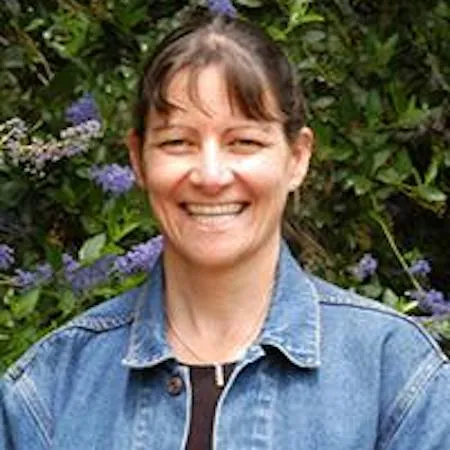Reduced diversity of populations can have far-reaching consequences for ecosystem functioning and resilience when it results in lost capacity for individuals to adapt or acclimate to changing environmental conditions. Such losses are of concern for species such as the submersed aquatic plant species Vallisneria americana that have experienced large declines due to anthropogenic factors. This keystone species was once dominant over fresh and oligohaline portions of the Chesapeake Bay, but declines due to poor water quality have reduced habitat extent, connectivity among patches, and population diversity.
Interactions between changing habitat connectivity and altered functional diversity can affect persistence through effects on genetic and functional diversity among individuals that determine potential for tolerance, acclimation, and adaptation through natural selection. We have genotyped individuals from 26 populations throughout the Bay and have and cultured a subset of these individuals to conduct greenhouse experiments testing the effects of genotype richness on the growth, productivity, and reproductive potential of individuals and populations.
Genetic and genotypic diversity vary greatly among populations and have effects on experimental plantings. Individuals varied in terms of allocation to lateral spread versus vertical growth and between asexual and sexual reproduction, which has implications for tradeoffs between persistence at a site versus dispersal among sites. The presence of flowers and the frequency of both sexes flowering in the same population increased with genotype diversity. These observations have tremendous consequences for population genetic structure and sustainability because they show that the genetic and functional characteristics of populations determine whether adaptation and acclimation are possible. Future research is focused on assessing if interacting ecological and evolutionary processes are limiting its resilience in the Chesapeake Bay.
Presenters

Maile C. Neel
Dr. Maile Neel is committed to conducting research on problems faced by practitioners, and communicating her results such that they provide specific, practical guidance for conservation policy and management. She is committed to training students and post-doctoral researchers to work at the interface between science, policy, and practice.
Working on a wide variety of conservation issues has given Maile the opportunity to integrate techniques from traditionally disparate fields to quantify genetic, species, and community diversity. She consequently draws on a variety of disciplines and...

Maile C. Neel
Dr. Maile Neel is committed to conducting research on problems faced by practitioners, and communicating her results such that they provide specific, practical guidance for conservation policy and management. She is committed to training students and post-doctoral researchers to work at the interface between science, policy, and practice.
Working on a wide variety of conservation issues has given Maile the opportunity to integrate techniques from traditionally disparate fields to quantify genetic, species, and community diversity. She consequently draws on a variety of disciplines and methodologies including population genetics, systematics, and population, community and landscape ecology and restoration ecology. Research in the lab also spans a range of localities and scales, including the Chesapeake Bay, southern California, and the Atlantic coastal plain.